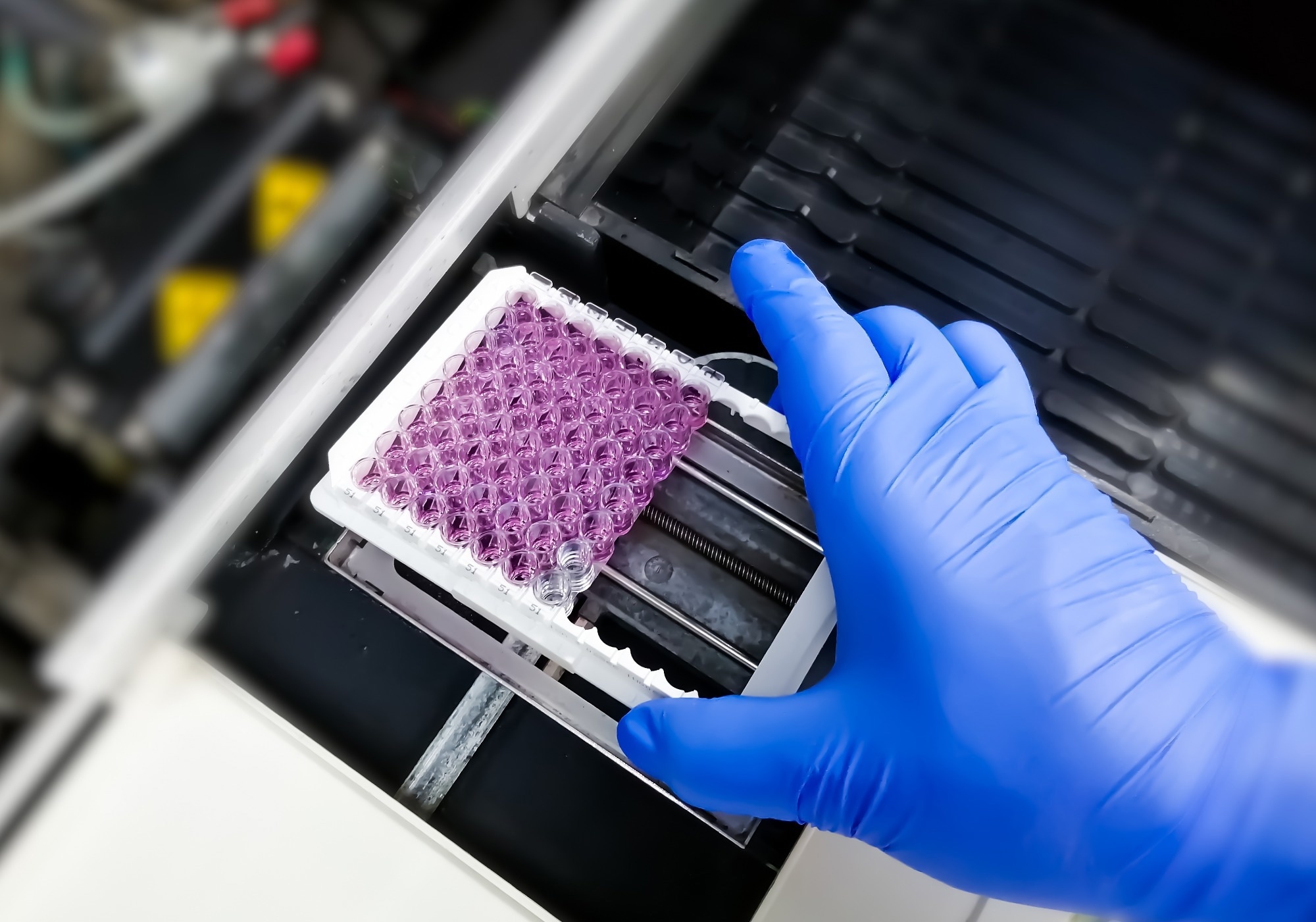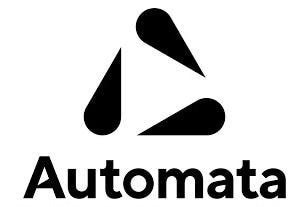Sponsored Content by AutomataReviewed by Louis CastelSep 17 2024
Enzyme-linked immunosorbent Assay (ELISA) is a core immunology technique that enables the detection and quantification of various substances, including peptides, antibodies, proteins, and hormones.
Many research and diagnostic labs continue to execute ELISA assays manually, but this approach is particularly prone to human error, leading to inconsistencies in results.
This article outlines a number of common errors made during manual ELISA assays and examines how implementing automation could mitigate these issues.
 Image Credit: Saiful52/Shutterstock.com
Image Credit: Saiful52/Shutterstock.com
Preparation errors: Inaccurate reagent mixing, pipetting, and risks of cross-contamination
When tasks like reagent mixing and pipetting are performed manually, the likelihood of mistakes, inaccuracies, and inconsistencies significantly increases from the outset.
For example, uneven distribution can occur when reagents are not mixed properly, and inconsistent volumes are often an issue when employing manual pipetting. Cross-contamination between wells can also occur if splashing occurs or poor pipetting practices are used.
Pipetting errors like these can adversely affect assay sensitivity and specificity, increase waste and associated costs, and compromise repeatability. It is also important to note that performing manual tasks in this way remains a leading cause of repetitive strain injuries in lab environments.
Pipetting is one of the simplest and most cost-effective processes to automate, making it one of the first tasks to transition from manual to automated in many labs. A robust automated pipetting system can even be expanded beyond pipetting to automate entire liquid handling processes or end-to-end workflows.
Automated full liquid handling systems expedite the movement of small, precise liquid volumes and can be programmed to set standardized protocols for aliquoting, mixing, and serial dilution of liquid samples.
Compared to traditional manual methods, these systems enhance efficiency, productivity, and cost-effectiveness. They also support the delivery of extremely accurate and repeatable assay results, with no variation between researchers.
Timing challenges: Inconsistent incubation and reagent addition times
Timing is critical in ELISA assays, as each step—coating, blocking, washing, incubation with samples and detection antibodies, and substrate reaction—requires precise durations to ensure optimal binding and reaction conditions.
Variations in antigen-antibody binding and enzymatic reactions can occur due to the slightest inconsistencies in incubation start and stop times, reagent addition, and even plate-washing processes. These inconsistencies are typically undetectable, making them harder to address.
By automating ELISA processes, every individual step can be precisely controlled. Automated systems will strictly adhere to set incubation parameters and actions, ensuring uniform timing across all samples.
Automating these processes mitigates the risk of manual errors and strain injuries and frees scientists from the often frustrating task of closely monitoring assays.
Throughput and productivity restrictions: Too much scientist dead time
ELISA systems often face limitations related to shift availability, incubation time requirements, and the need for washing and immunostaining.
While automated ELISA systems may not always operate faster than a human operator, they do allow for concurrent machine operation and provide complete hands-off time, as the system runs independently of human interaction.
As a result, automation is an ideal way to increase a lab’s productivity while reliably and flexibly scaling its throughput.
Data inaccuracy problems: Reproducibility, misinterpretation, and validation consequences
Transcription errors are common in manual data recording across any setting, but due to the sensitivity and specificity of ELISA processes, maintaining data integrity is crucial.
Inaccurate ELISA data recording can lead to several significant consequences.
Misinterpretation of results
If data is recorded incorrectly, it can result in inaccurate conclusions about the presence or concentration of a target molecule. This can negatively impact various downstream applications, such as conducting basic research, diagnosing diseases, or evaluating vaccine efficacy.
Reduced reproducibility
Inaccurately recorded data can make it difficult for other researchers, or even the original team, to replicate the study’s findings. This can significantly undermine the credibility of the research.
Compromised quality control
An ELISA assay typically includes additional control measures to ensure proper functionality. However, if this control data is inaccurately recorded, it can obscure problems with the assay, such as reagent issues or procedural errors, ultimately leading to erroneous results mistakenly accepted as valid.
Erroneous statistical analysis
Accurate data input is the foundation of statistical analysis, and incorrect data can skew statistical results, lead to false positives or negatives, and result in scientific conclusions that are fundamentally flawed.
Wasted resources
Inaccurate data recording may require experiments to be repeated, resulting in unnecessary consumption of resources and time.
Regulatory and compliance issues
Regulatory compliance, especially in clinical settings, often mandates accurate data recording. Inaccurate records can lead to regulatory non-compliance, which may result in the loss of certification or accreditation and could even have serious legal consequences.
Automated LIMS
Many companies are transforming workflows and reducing potential data errors by implementing Lab Information Management Systems (LIMS) alongside their automated laboratory machinery.
The LINQ Cloud software seamlessly bridges the physical and digital aspects of automated ELISA on Automata’s LINQ lab automation platform. This software integrates with every instrument in use, enabling real-time data transfer to any LIMS without the need for manual transcription.
This approach allows labs to generate high-quality, reproducible data sets, facilitating collaboration, contextualization, standardization, and easier validation.
Using automation to support ELISA validation
Validation is a key part of the ELISA process. Robust validation ensures the workflow’s accuracy, precision, and reproducibility and assures users and regulators that assay results are reliable and consistent.
Automated ELISA platforms enhance the validation process by improving precision, speed, standardization, and efficiency. Automation also plays a crucial role in increasing ELISA throughput, streamlining data collection and analysis, and ensuring compliance with regulatory requirements.
Conclusion
Manual execution of ELISA assays is common practice in many labs, but this approach carries a high risk of errors that can significantly compromise results. Automation provides a robust solution to these challenges by enhancing the accuracy, consistency, and efficiency of ELISA assays.
Incorporating automation into the laboratory workflow substantially improves the reliability of results, ultimately advancing the quality of research and enhancing diagnostic capabilities.
Acknowledgments
Produced from materials originally authored by Alice Tome-Fernandez from Automata.
 About Automata
About Automata
Born from a world-leading research lab, Automata is making total workflow automation accessible to labs frustrated by the limitations of their own environment.
Accelerating the innovation evolution
When two architects from Zaha Hadid’s research lab first approached robotics, their idea was to explore applications specific to architectural engineering.
But they soon discovered that modern automation wasn’t just unnecessarily complex – it was actively restricting innovation. And not just within their industry – within many others too. It was clear that robotic automation was a field where their combined experience in computational research and design could make a real difference. Assembling a team of industry experts, Automata was founded, with a clear aim: to enable new opportunities for innovation with automation.
A clearer path to progress
Automata’s focus narrowed on an industry where they felt their expertise could have the most impact – life sciences, and particularly within biolab environments.
Since then, the team has been working closely with leading pathology labs to pioneer protocols that enable labs to scale with precision
Automata Labs is the product of that philosophy – simplifying lab environments and empowering the people working tirelessly in the pursuit of progress.
Sponsored Content Policy: News-Medical.net publishes articles and related content that may be derived from sources where we have existing commercial relationships, provided such content adds value to the core editorial ethos of News-Medical.Net which is to educate and inform site visitors interested in medical research, science, medical devices and treatments.